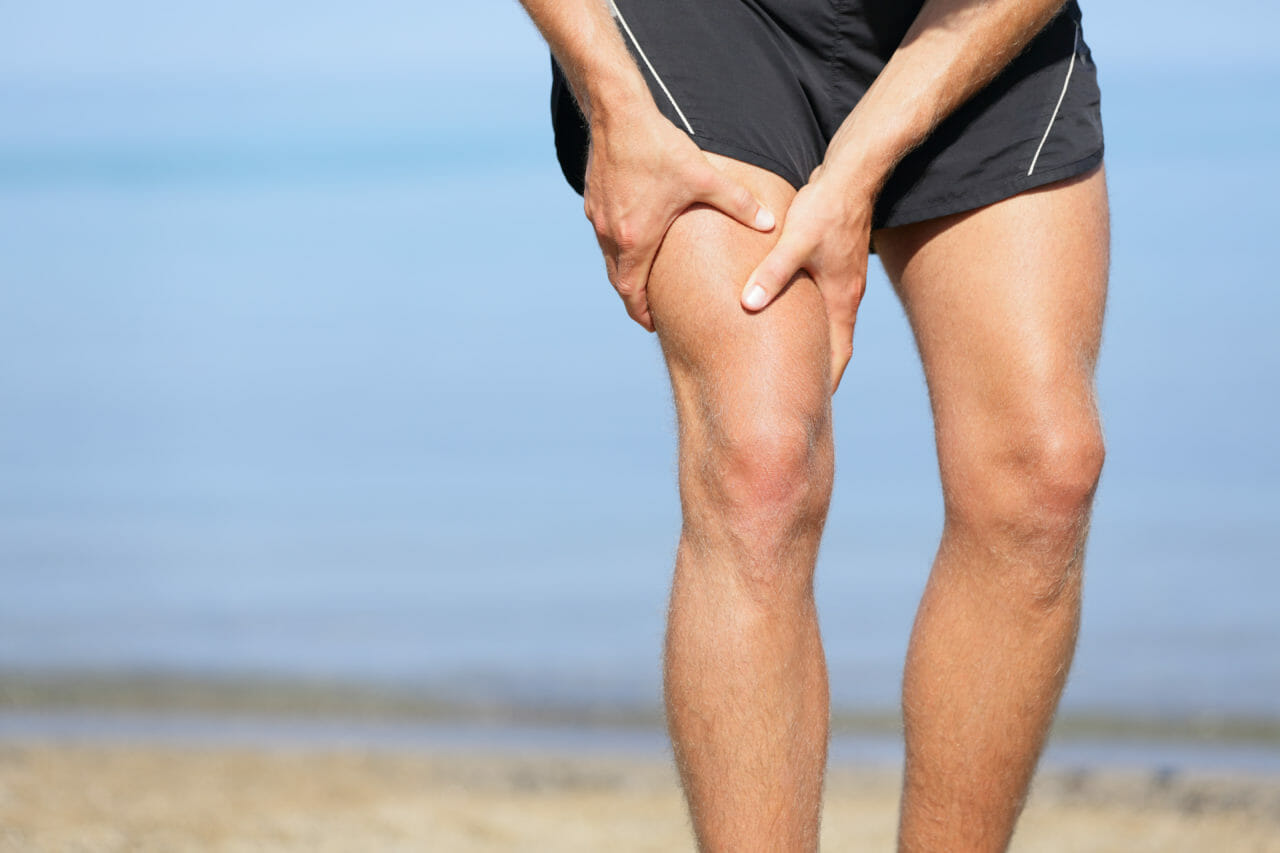You are probably watching the World Cup 2014. Did you notice that there are several elite players injuring their hamstring muscle in a seemingly innocuous situation? In fact, hamstring injuries are very common. It is a tear in a fleshy muscle behind the thigh. Depending on severity of a tear, the injury classified from mild to severe using a grading system. The tear is caused by sudden acceleration in sports like running, soccer, tennis. It can also happen in a routine situation as in trying to catch your toddler, or running after a bus. There is a sudden, sharp pain behind your leg and the person cannot straighten his knee without pain.
I noticed in the early morning on my way to my office in Clinton Hill, groups and individual runners from Fort Greene and Prospect Heights are dashing toward Prospect Park dodging traffic on Atlantic Avenue and Grand Army Plaza. Sudden accelerations and stopping probably is not the most ideal way to start your work out.
There is no foolproof way to completely avoid hamstring injuries. However, the risks can be minimized by paying attention to the principles of muscle strength and flexibility. Individual flexibility should be maximized by a regular stretching program as well as a period of warm-up and stretching before the intended athletic activity. Park Sports Physical Therapists are experts in designing such a program. Our Clinton Hill location has space and equipment for assessment and rehabilitation of sports related injuries like a hamstring pull. Carefully designed individualized stretching routine will address imbalances that may lead to a hamstring pull. Optimal individual hamstring strength is at least half of the strength of the quadriceps muscle (muscle of the front of the thigh). Also, there should be minimal imbalance in strength between the right and left legs (the injured hamstrings should be about 90% as strong as the uninjured hamstrings). If necessary, a weight-training program should be instituted to optimally achieve these goals. In an evaluation of an injured athlete, particular attention is paid to the relative flexibility of opposing muscle groups, not just the hamstrings and quadriceps pair.
An additional aspect of recovery is proper nutrition. A well-balanced diet and appropriate fluid intake are essential to avoid electrolyte imbalance. It is even more important when exercising in a hot weather. Dehydration can lead to muscle cramping, thereby increasing the chance of muscle injury. Overweight people have a higher risk of muscle injuries in the lower extremities. Some experts have also advocated the use of nutritional supplements, such as antioxidants. Unfortunately, despite the best efforts at prevention and treatment, hamstring injuries will continue to be a common bane of the high-performance athlete as well as the “weekend warrior.”
.png?auto=format&auto=compress&h=150)
